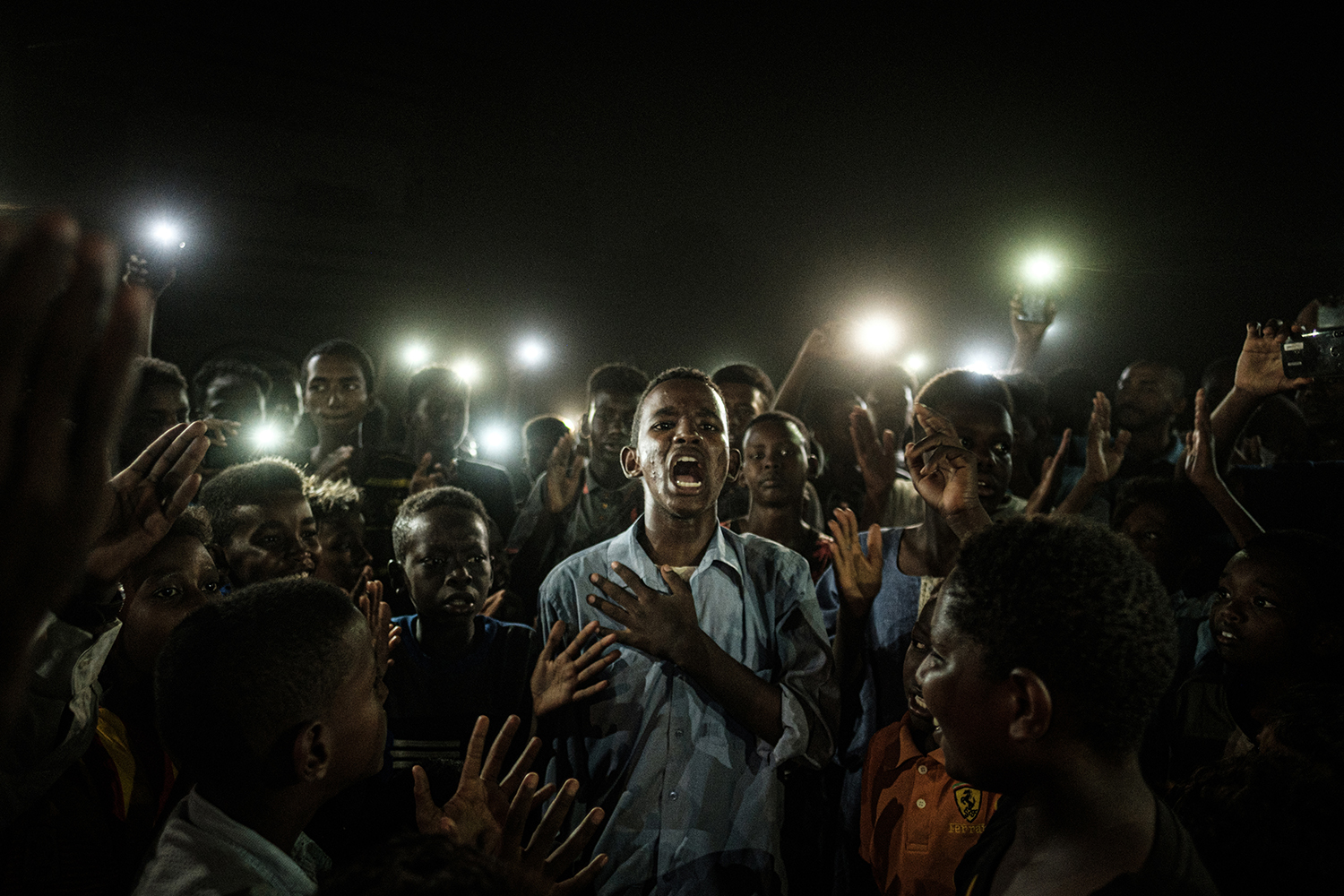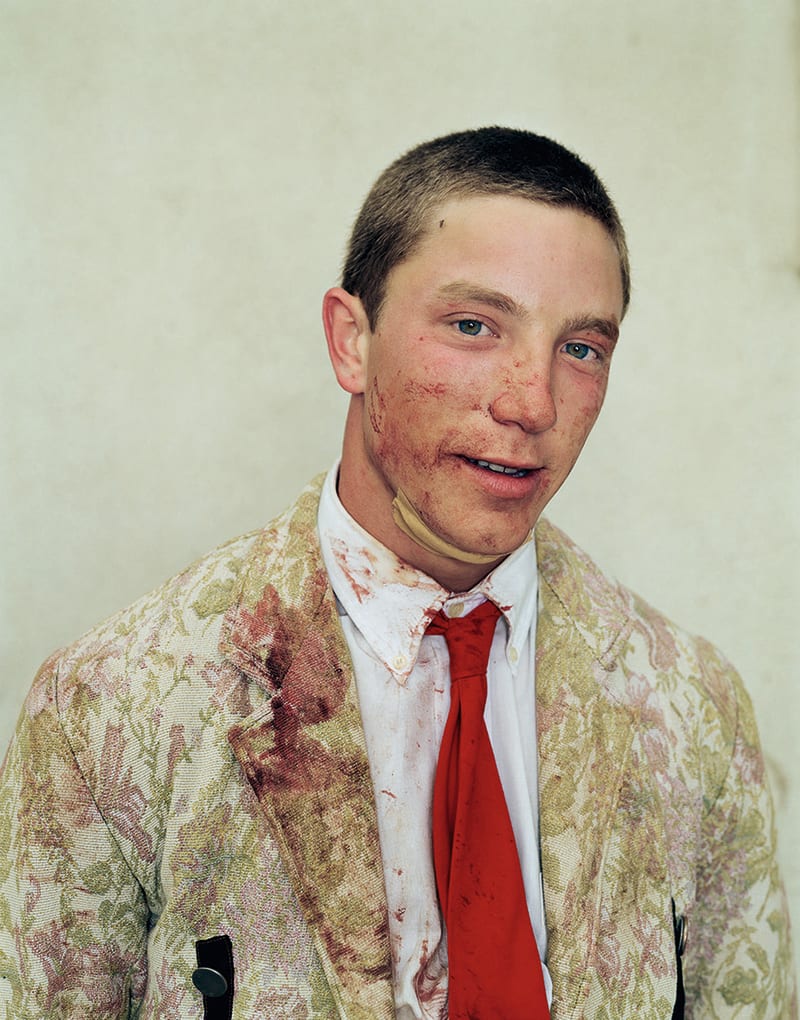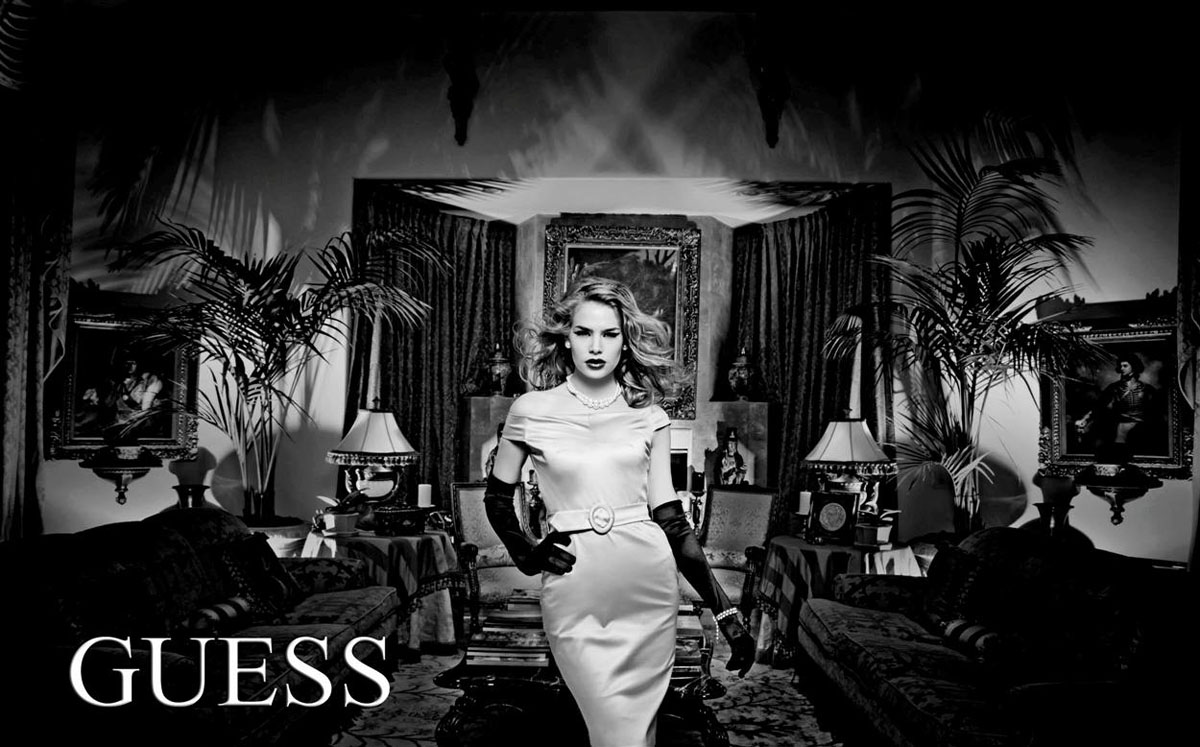From the best professional photographers in the industry to amateur photographers trying to create aesthetic content and turn a profit on their images; the most used and best quality of cameras come from brands like Canon, Nikon, Panasonic, Pantax, Fujifilm, Sony, Olympus, Kodak, and Leica. So, what is the best type of camera? That question solely relies on the photographer, what they are shooting, and how they are shooting it. First thing is deciding whether to shoot on film or go digital, then consider if you want the type of camera to be a Single-Lens Reflex (SLR) or mirrorless camera. The typical film camera that a photographer uses is a 35mm SLR camera. When considering the standard 35mm SLR camera, try to make sure to go with the brands that were stated above. Personally, they are THE best quality film cameras, and for the older models, they tend to last a lot longer than other brands. You should make sure the camera is in good shape, practically all SLR cameras you will find are older and pre-used. There are not too many questions you should be tempted to ask when purchasing an SLR film camera. Decide what lens size you prefer (most commonly used are 35-50mm lenses), see if the camera has a built-in light meter (indicating the amount of light and determining the accurate or even measure of exposure in the camera), which most models have, and figure out the type of film and its sensitivity to light (ISO) you want. Those are the basic questions to consider when purchasing a film camera. Anything else needed would likely be additional equipment such as external lighting, lens filters, mounts, or stands.
On the other hand, there are a lot of questions to consider when investing in a high quality digital camera. Do you want a single-lens or mirrorless camera? Are you taking videos or stills, or both? If so, how high of a video resolution? 3k…4k…8k!? Do you want to focus on cameras with larger or smaller image sensors? Do you want a camera with higher megapixels (better resolution, much more expensive)? Do you want a camera with an optical or electronic viewfinder (this is to compose and focus the picture)? Do you want a camera with a high and faster burst speed (which also relates to an increased viewfinder)? I know these questions may seem very complex and confusing, but in the end, you want to purchase a camera that a.) is within your budget, and b.) will give you best outcome for your preferred style and method of shooting. As mentioned, the type of camera relies on the photographer and what they are shooting. If you are a commercial, travel, portrait, landscape, or fashion photographer you will probably choose higher resolution over continuous shooting periods. If you are a sport or a quick series documentary photographer, you’re going to favor shooting speed and auto-focus over all else, creating bursts of photos within a single frame to make what is called an “action shot”. And if you are a photographer/videographer, some of the best professional cameras are in the emerging mirrorless camera market.
According to the “Digital Camera World”, a website dedicated to keeping the world updated on everything digital camera related, they are reporting that the best professional cameras in 2020 are:
- Canon EOS-1D X Mark III
- Canon EOS-5D Mark IV
- Canon EOS R
- Nikon D6
- Nikon D850
- Nikon Z 7
- Sony A9 Mark II
- Sony A7R IV
- Fujifilm X-T3
- Fujifilm GFX 100
- Panasonic Lumix S1R
- Panasonic Lumix GH5
- Olympus OM-D E-M1 Mark II
- Olympus OM-D E-M1X
*For more information on these models of cameras, head to https://www.digitalcameraworld.com/buying-guides/the-best-cameras-for-professionals#section-nikon










